
Pilgrimage Church of Wies is an oval Rococo church that was built in the late 1740s. It is in the German state of Bavaria, in the town of Steingaden
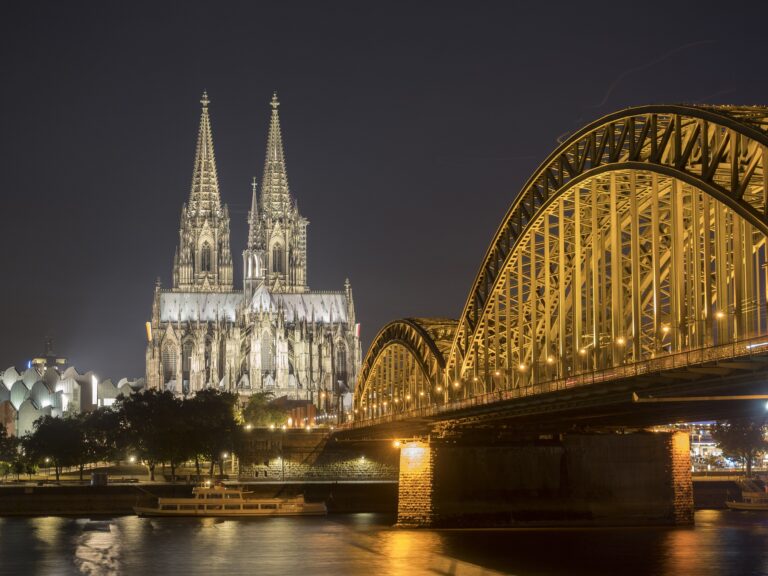
Facts and History: Cologne Cathedral was begun in 1248, but it was not completed until 1880, having been built in stages over the course of seven centuries.

Aachen Cathedral, or Aachener Dom, stands as a historic Roman Catholic church with a storied past in Aachen, Germany. Its roots trace back to the era of Charlemagne, who commissioned the cathedral’s construction and was later interred there in 814. As one of Europe’s oldest churches, Aachen Cathedral played a pivotal role in the annals of the Holy Roman Empire. Over the course of history, the cathedral served as the hallowed ground for the coronations of thirty-one German kings and twelve queens. This tradition spanned from 936 to 1531, predominantly occurring in the Palatine Chapel. Notably, in 1978, Aachen Cathedral received the distinction of being among the inaugural twelve UNESCO World Heritage Sites. This esteemed recognition was conferred for its exceptional contribution to the history of the Holy Roman Empire and its architectural and artistic significance.
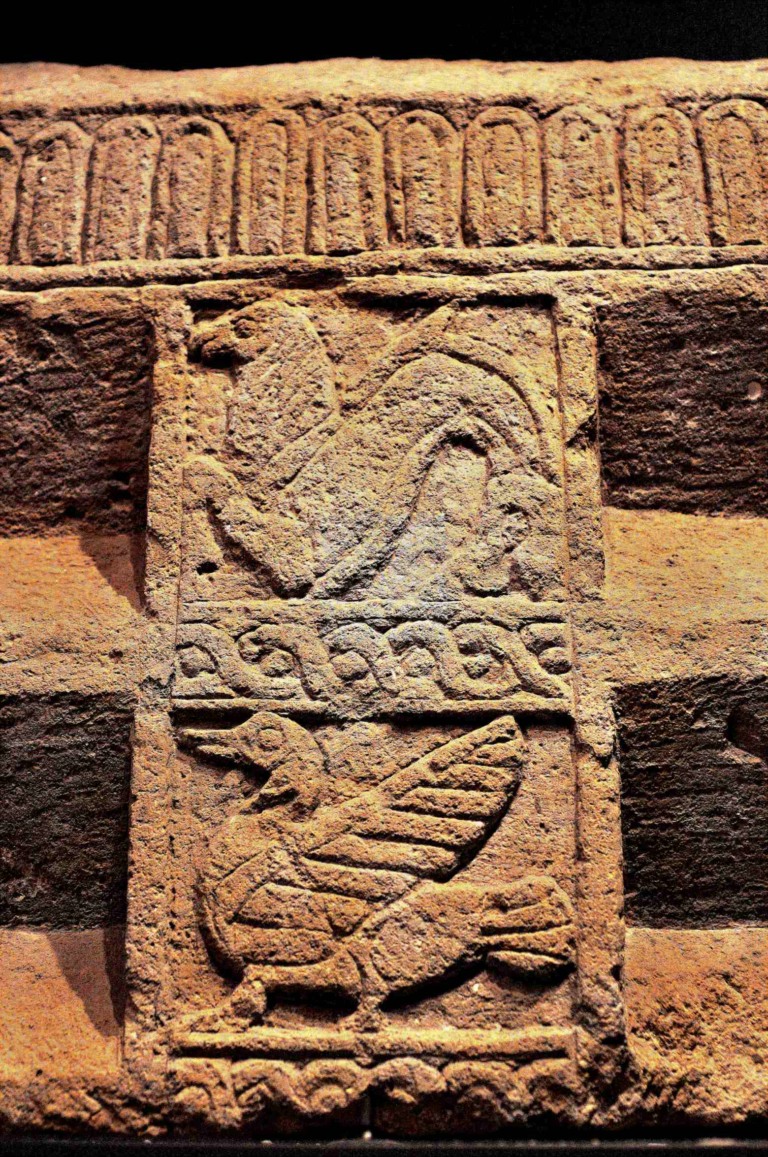
Etruscan Necropolises of Cerveteri and Tarquinia show how people were buried in different ways from the 9th century BC to the 1st century BC in Italy.
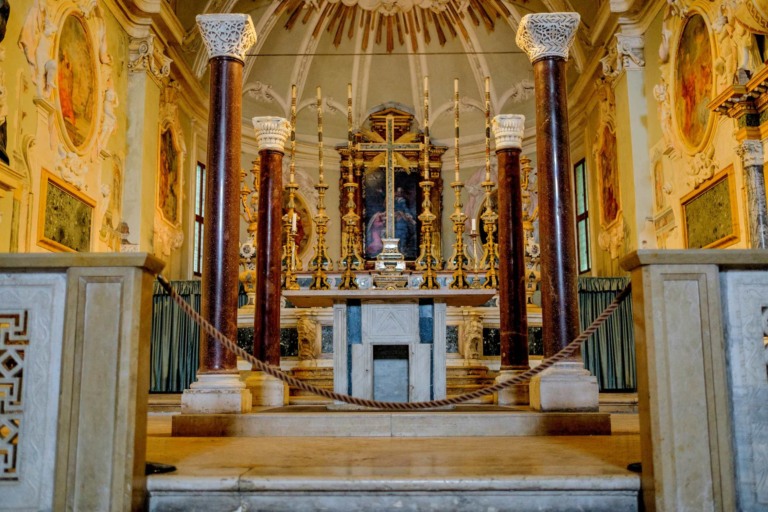
Ravenna was the 5th-century Roman capital. It was Byzantine Italy's capital from 6th to 8th centuries and became a UNESCO World Heritage Site in 1996.
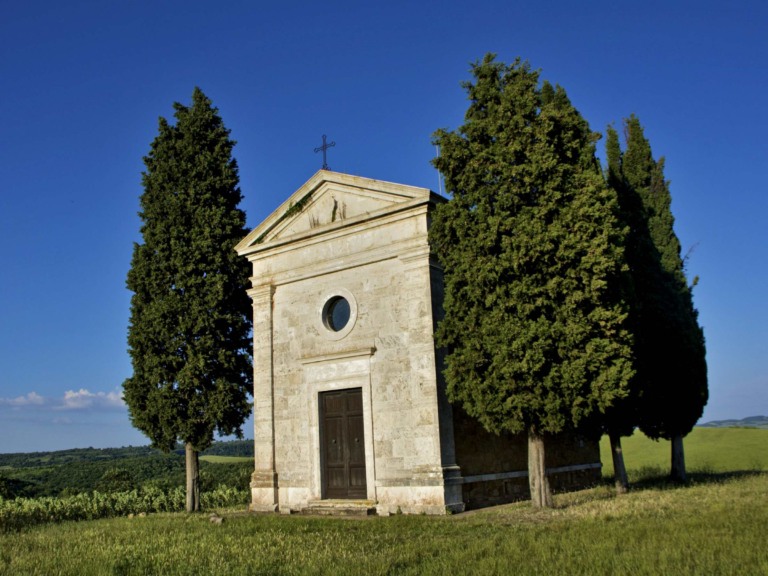
Val d'Orcia, Tuscany, a UNESCO World Heritage Site since 2004, blends nature, history, and art in Italy during the time of the Etruscans.
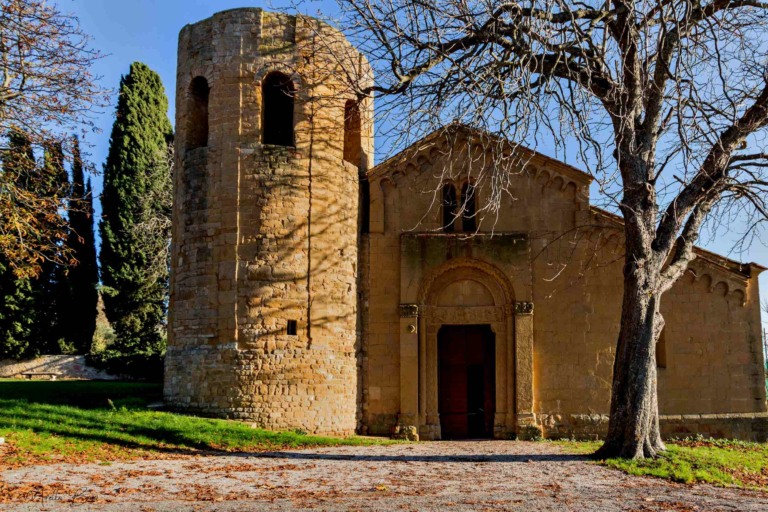
Historic Centre of the City of Pienza, Italy, was named a UNESCO World Heritage Site in 1996, and the whole Val d'Orcia valley was added in 2004.

The marine reserve on Henderson Island, United Kingdom of Great Britain and Northern Ireland, made it a UNESCO World Heritage Site in 1988.
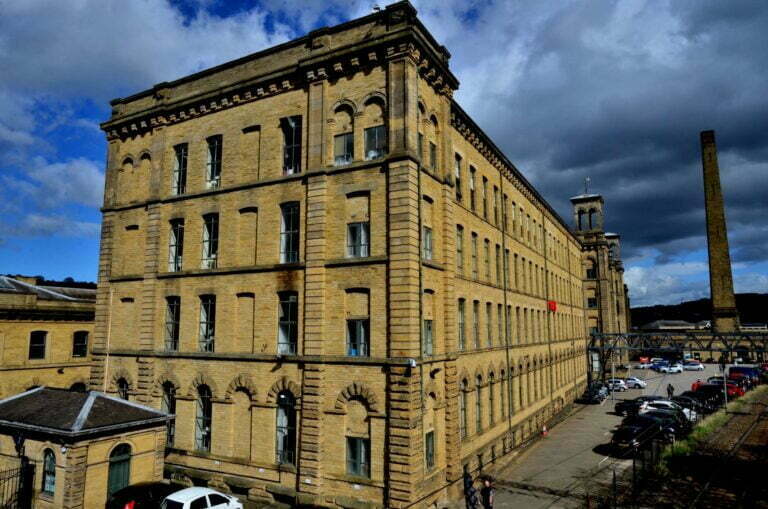
Saltaire, a Victorian model village in West Yorkshire, UK, carries a rich history dating back to its founding in 1853 by Sir Titus Salt. Named after its founder and the nearby River Aire, Saltaire was conceived as a model community to provide improved living conditions for workers in the burgeoning textile industry. Today, the village remains an essential part of the European Route of Industrial Heritage. Sir Titus Salt, a renowned textile manufacturer, relocated his textile mill operations from Bradford to the Saltaire area in 1851. This transformational move allowed him to organize his workforce and position the textile mill adjacent to the Leeds and Liverpool Canal and the railway. Architects Francis Lockwood and William Mawson were commissioned for the project. Saltaire's inception coincided with other similar endeavors, like Edward Akroyd's work in Copley and Henry Ripley's project in Ripley Ville, albeit on a smaller scale. Here's an overview of Saltaire:
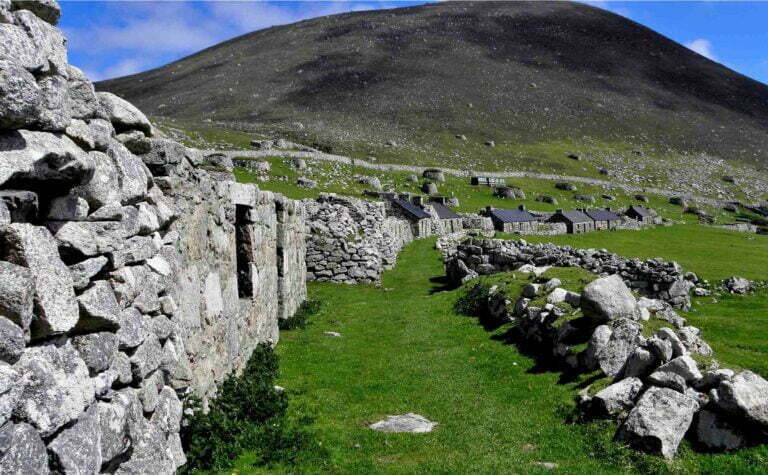
St Kilda is a group of small islands in the Atlantic Ocean. These Scottish islands, part of the United Kingdom of Great Britain and Northern Ireland, became a UNESCO World Heritage Site in 1986.
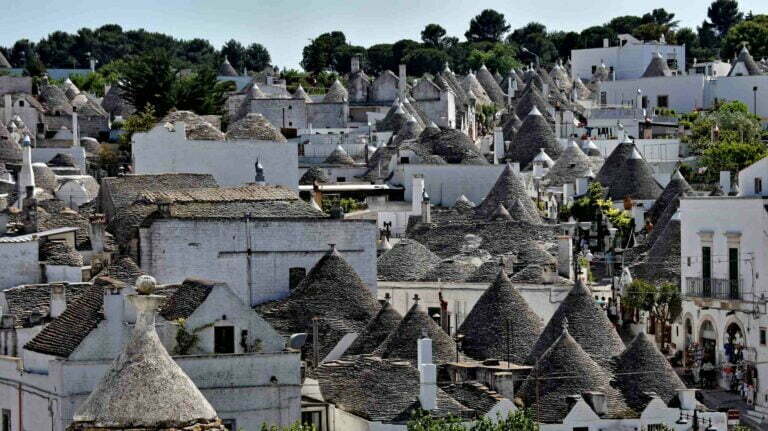
Trulli of Alberobello are dry-stone buildings, part of Bari's metropolis, and Alberobello is in Apulia, southern Italy, a UNESCO World Heritage Site since 1996.
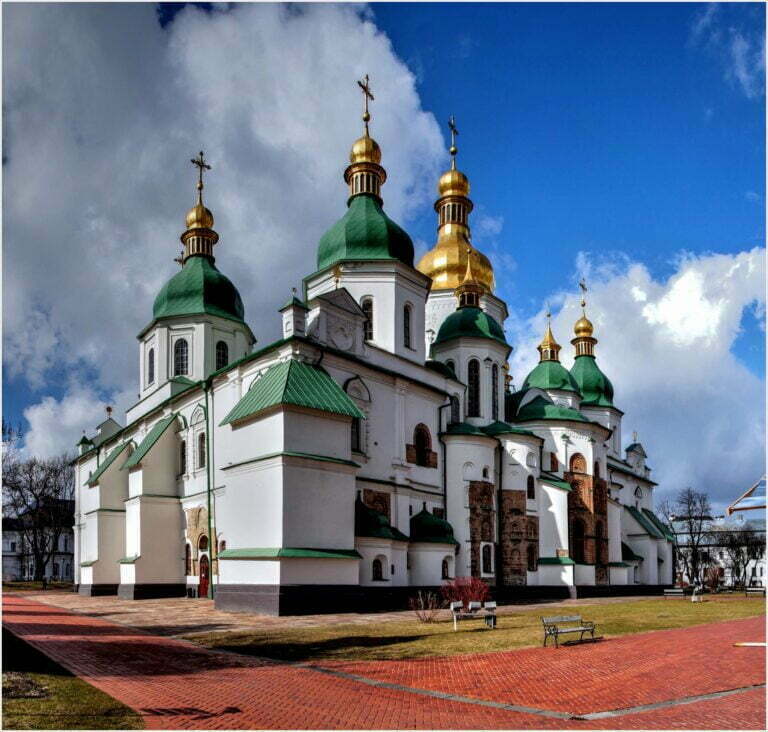
7 Ukraine world heritage sites are those Ukrainian landmarks that are home to Trypillian Civilization. Historical sites in Ukraine. Ukraine place.












